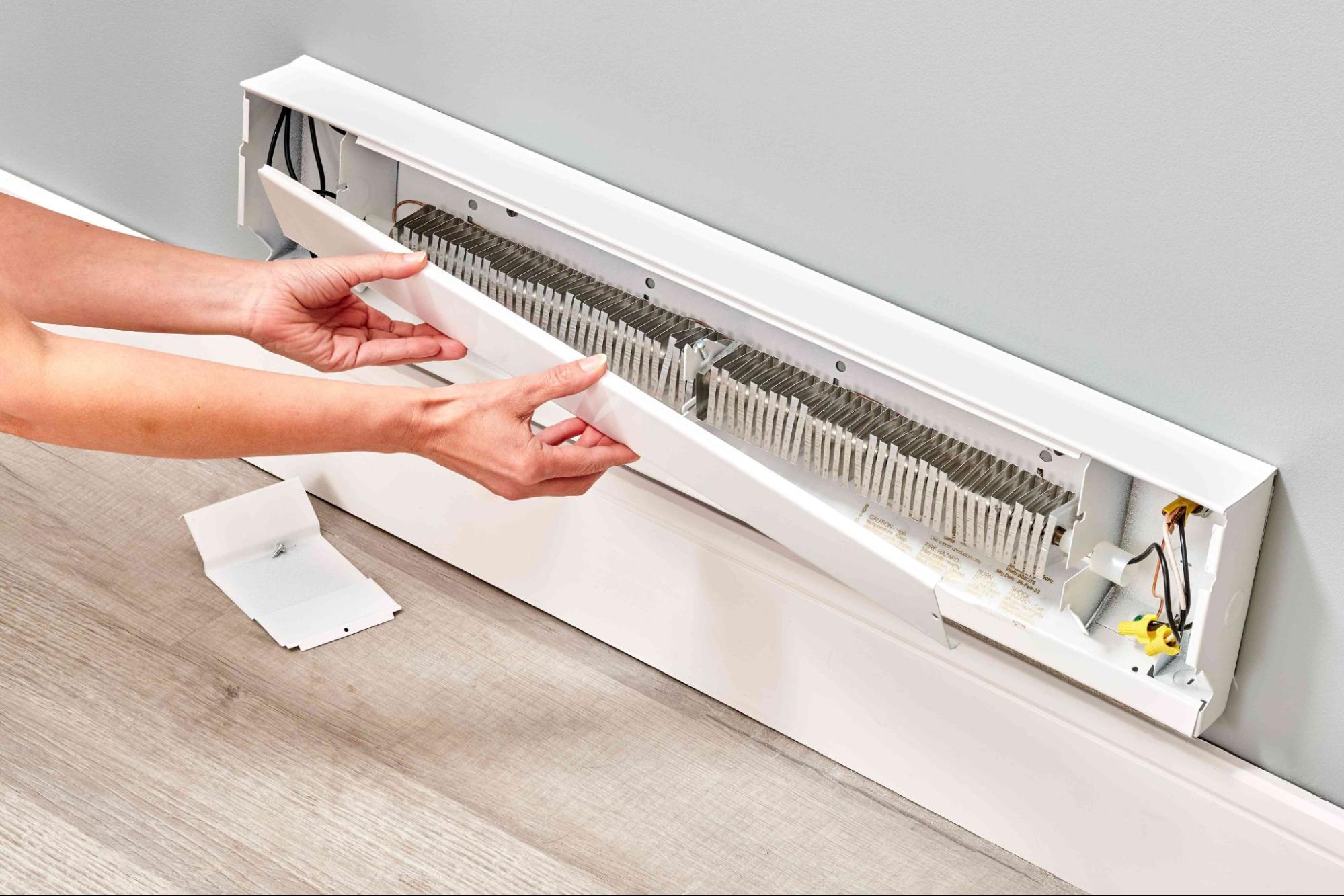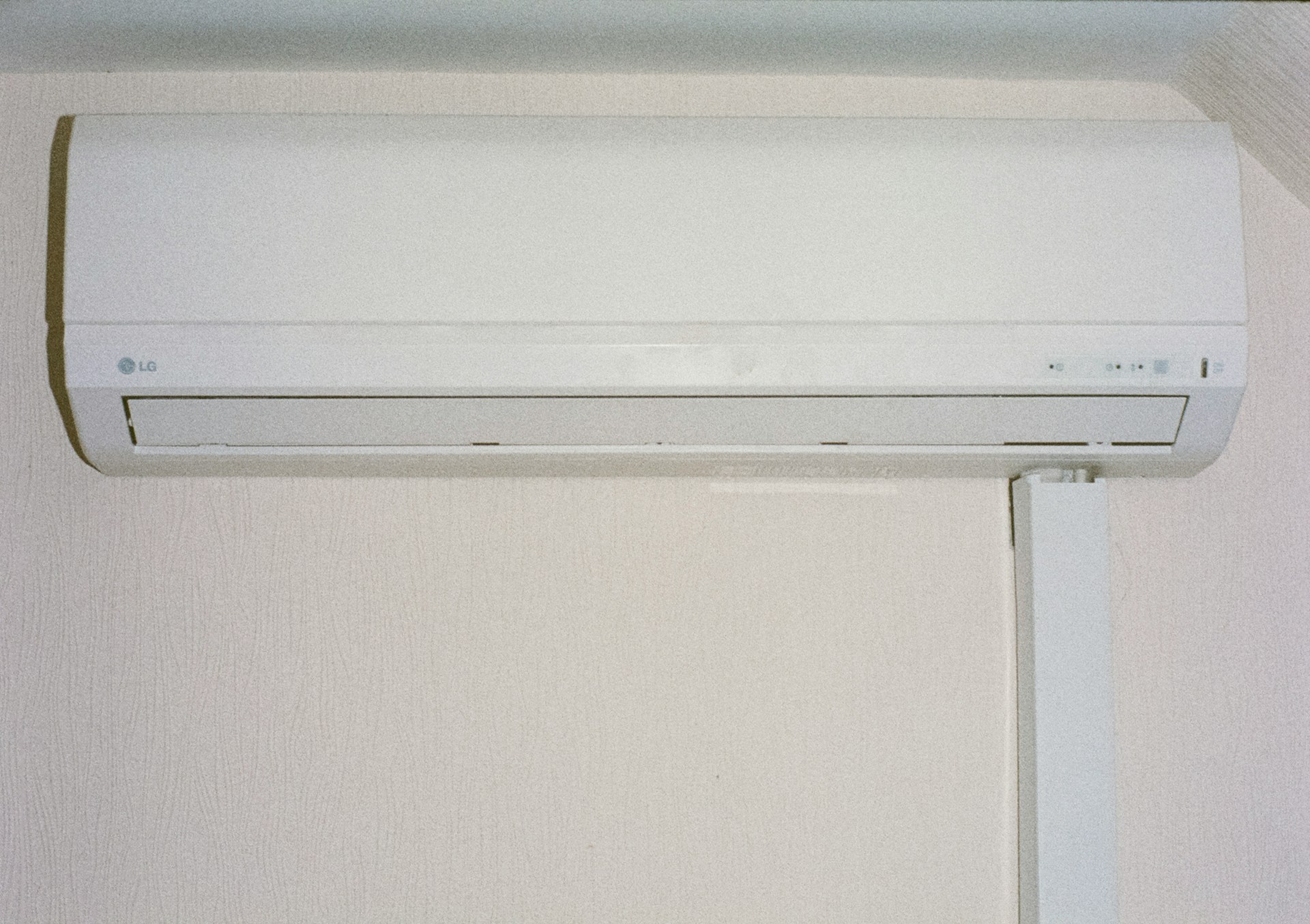When temperatures drop and your toes start to go numb, a reliable heating system isn’t just a luxury—it’s survival. Everyone raves about forced-air systems and sleek heat pumps, but there’s one low-key legend that’s been keeping homes warm for decades: baseboard heating.
So, what is it? How does it work? And is it still worth it in today’s energy-conscious world? Spoiler: baseboard heaters may not be high-tech, but they’re quiet, efficient, and ideal for rooms without ductwork—especially in older homes or chilly corners where central heat just doesn’t reach.
In this quick guide, we’ll break down:
- 🔧 How baseboard heating works
- 👍 The pros and cons
- 💡 And whether it’s still a smart choice today
Let’s get in all the necessary details and find out if baseboard heaters deserve a spot in your home.
What Is Baseboard Heating?
Baseboard heating is a simple, no-duct-required way to keep rooms warm—especially in older homes or spaces without central heat. These heaters run along the base of your walls and use natural convection to slowly and evenly warm the room.
No fans. No blowing dust. Just quiet, steady heat.
There are two main types:
Electric Baseboard Heaters
- Use electric coils to generate heat
- Great for individual room control
- Simple to install and operate
Hydronic Baseboard Heaters
- Heat water in a boiler, then circulate it through the baseboard
- Stay warmer longer and more energy-efficient over time
- Higher upfront cost, but lower long-term bills
Why people love them?
✔ Whisper-quiet
✔ Easy to install
✔ Ideal for zone heating
✔ Doesn’t spread allergens or dust
Baseboard heating might not be flashy, but it’s a reliable, efficient way to stay warm—especially when ductwork isn’t an option. Now, let us have an idea of how these two tend to work.
How Does Electric Baseboard Heating Work?
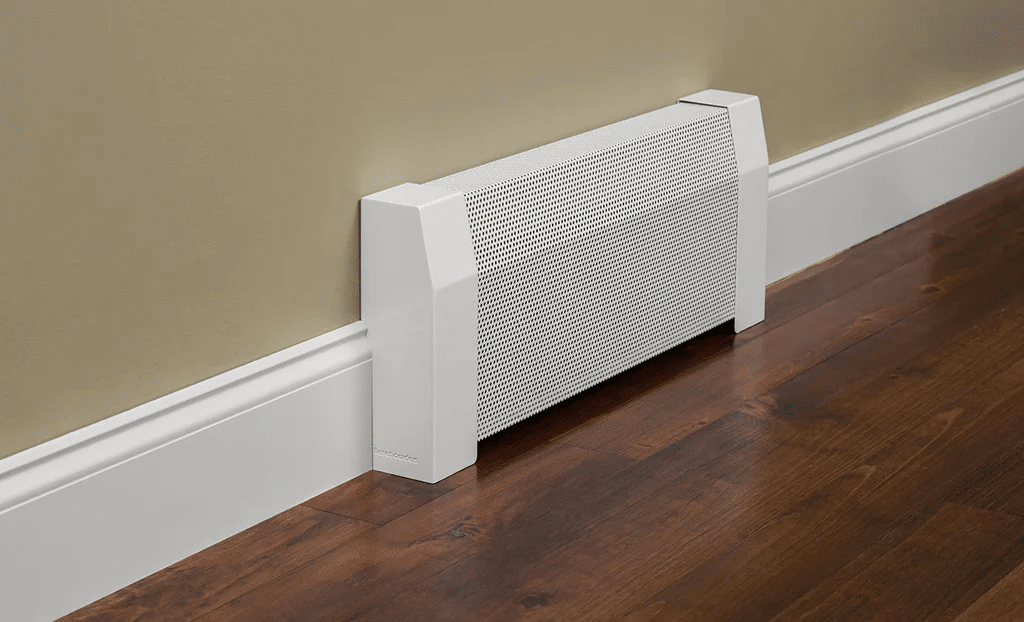
Credit: baseboardheatercovers.com
An electric baseboard heater uses an electric heating element inside a metal housing. This element heats up, warming surrounding metal fins that radiate heat into the room.
Here’s the step-by-step:
- Electricity flows through the heating element.
- The element gets hot and warms the metal fins.
- The baseboard unit then radiates heat upward.
- Cooler air is drawn in from the bottom, creating a natural circulation cycle.
There are no fans, ducts, or blowing air. It’s all gentle, natural convection.
What About Hydronic Baseboard Heaters?
A hydronic baseboard heater works similarly but uses heated water instead of electricity alone. These units heat water inside pipes (either using a boiler or built-in element), and the warm water heats surrounding metal fins.
The result? Slower but longer-lasting heat. Hydronic systems are often preferred for their comfort and energy efficiency, especially in colder climates.
Are Baseboard Heaters Efficient?
The answer is: yes and no.
- Electric baseboard heat is nearly 100% energy efficient at the point of use. That means all the electricity it uses turns into heat.
- However, electricity can be more expensive than other energy sources, making electric baseboards less cost-effective over time.
- Hydronic systems tend to be more efficient in the long run, especially when combined with energy-efficient boilers or zoned heating.
So, are baseboard heaters efficient? Technically yes, but not always the most budget-friendly option.
Is Baseboard Heating Expensive?
Is baseboard heating expensive? That depends on your home and usage.
- Electric baseboard heating tends to have higher utility costs compared to gas or central HVAC.
- They’re ideal for smaller spaces or rooms you only heat occasionally.
- You can save money by heating only occupied rooms instead of the whole house.
For homes without ducts or in areas where gas isn’t available, baseboards are often the best fallback.
The Goods and the Bads of Baseboard Heating
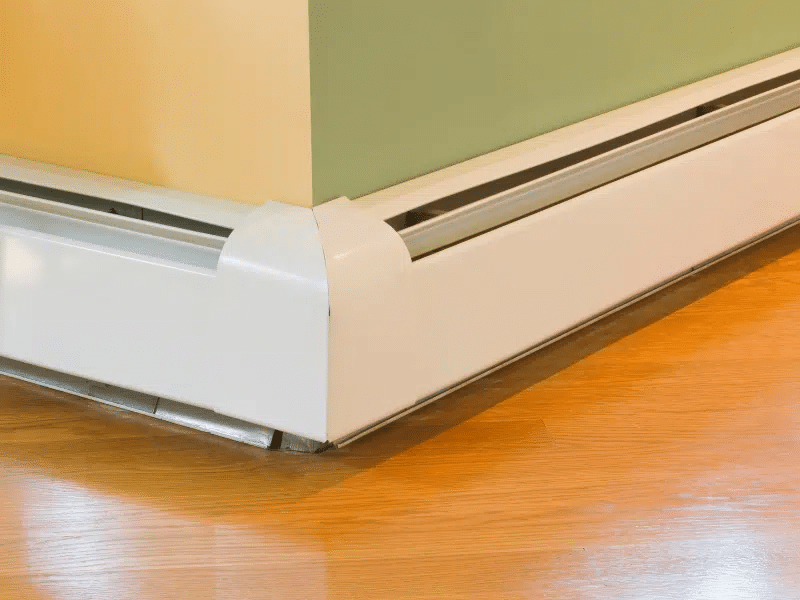
Credit: andersonair.com
Wondering if baseboard heating is a good fit for your home? Whether you’re considering it for a bedroom, basement, or a whole-house solution, it’s important to weigh the upsides and drawbacks before making a decision.
Let’s break it down clearly so you know exactly what you’re getting into.
✅ Pros of Baseboard Heating
Here’s a look at some of the the good points regarding the baseboard heating system.
🔇 1. Whisper-Quiet Operation
Unlike forced-air systems that rely on noisy fans or blowers, baseboard heaters work silently. That makes them perfect for bedrooms, nurseries, or offices where peace and quiet matter. There’s no constant hum or whoosh of air—just consistent, gentle warmth.
🛠️ 2. Easy to Install
One of the biggest advantages of baseboard heating is that it’s relatively simple to install, especially electric baseboard heaters.
- No need for ductwork
- Minimal structural changes
- Perfect for renovations or room additions
Hydronic units (which use hot water) take a bit more effort to install, but they’re still less complex than installing a full HVAC system.
🌡️ 3. Zoned Heating = More Control
Each baseboard unit typically comes with its own thermostat, allowing individual room temperature control.
- Want the bedroom warmer than the living room? No problem.
- Only using one room during the day? Just heat that one!
This flexibility can lead to better energy efficiency and lower heating bills—especially if you’re strategic about where and when you use the heat.
🌬️ 4. Cleaner Indoor Air
Since baseboard systems don’t blow air around like forced-air systems, they don’t circulate dust, pollen, or allergens.
This is great for:
- Allergy sufferers
- Homes with pets
- Anyone sensitive to indoor air quality
It also means you won’t have to change filters every few months like you do with central systems.
🏡 5. Ideal for Older or Ductless Homes
If your home doesn’t have existing ductwork—like many older properties—baseboard heating is a cost-effective solution that won’t require gutting your walls. It’s also a go-to option for:
- Finished basements
- Attic conversions
- Garages or add-ons
❌ Cons of Baseboard Heating
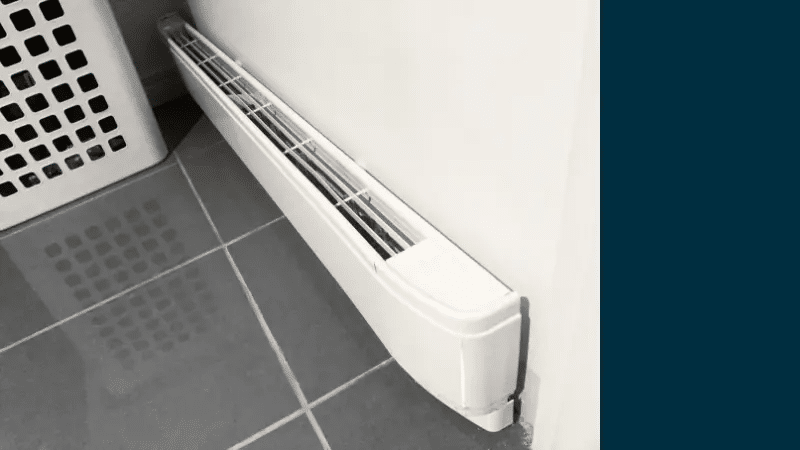
Credit: hvac.com
Now, here are some of the bad stuff regarding baseboard heating.
1. Units Can Get Hot to the Touch
Electric baseboard heaters can become very hot when in use.
- This poses a burn risk for children and pets
- You’ll need to be mindful about placement and avoid covering them with curtains or furniture
Some modern models come with safety features, but caution is always needed.
📐 2. Takes Up Valuable Wall Space
Because baseboard heaters run along the base of your walls, they can affect your interior layout.
- You can’t place furniture directly in front of them
- Wall space becomes limited for décor or shelving
This can be frustrating in small or oddly-shaped rooms where every inch counts.
🐢 3. Slower to Heat Up
Hydronic baseboard heaters (which heat water and radiate warmth) take longer to reach your desired temperature compared to systems that push warm air quickly through vents.
- Not ideal if you want instant warmth
- They do retain heat longer once warmed up, but the initial wait can be noticeable
Electric versions heat up faster but cool down quickly too.
🏠 4. Not Ideal for Large or Open Spaces
Baseboard heating works best in closed, contained rooms. In large, open-plan spaces:
- Heat distribution can be uneven
- You may need multiple units
- The system can struggle to keep up on very cold days
If your home has high ceilings or big open rooms, baseboard heating may fall short.
💸 5. Higher Running Costs (for Electric Units)
Electric baseboard heaters rely on electricity—which is typically more expensive than natural gas in most areas.
If you’re heating your entire home with electric baseboards, your energy bills can spike, especially in colder climates where you’ll be using them frequently.
Hydronic baseboard systems, which are powered by a boiler, tend to be more efficient but come with a higher upfront cost.
Is Baseboard Heating Good?
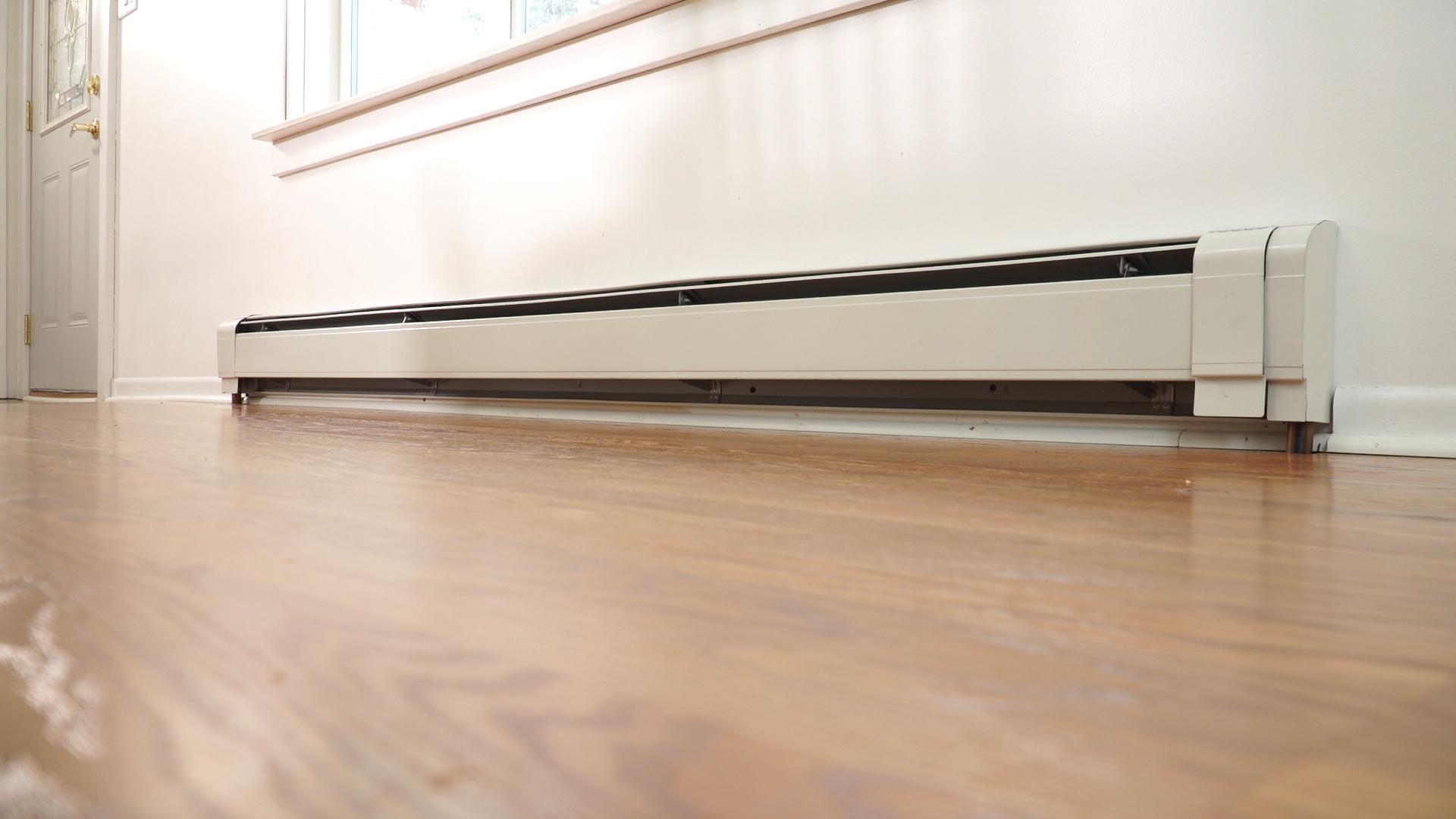
Credit: gopaschal.com
If you’re asking, “Is baseboard heating good?” here’s the deal:
Yes, for:
- Rooms that need independent temperature control
- Homes without a central heating and cooling system
- People sensitive to airborne dust and allergens
Not ideal for:
- Large spaces or whole-home heating
- Budget-conscious users in high electricity cost regions
It’s not perfect, but it’s a solid heating option for the right home.
Do Baseboard Heaters Get Hot?
Yes—they definitely do. Especially electric baseboard heaters. The heating element and metal fins can become very hot, which is necessary to generate heat effectively.
If you have young children or pets, be mindful of placement and always leave space around the baseboard unit.
How to Get the Most Out of Baseboard Heating
Want to keep your baseboard heating running efficiently? Try these tips:
- Don’t block the heaters with furniture or curtains
- Keep the units clean and dust-free
- Use programmable thermostats or timers for smart control
- Seal windows and doors to prevent heat loss
Also consider zone-based setups so you’re not heating unused rooms. That alone can save a lot on energy bills.
Baseboard Heating vs Forced Air Systems
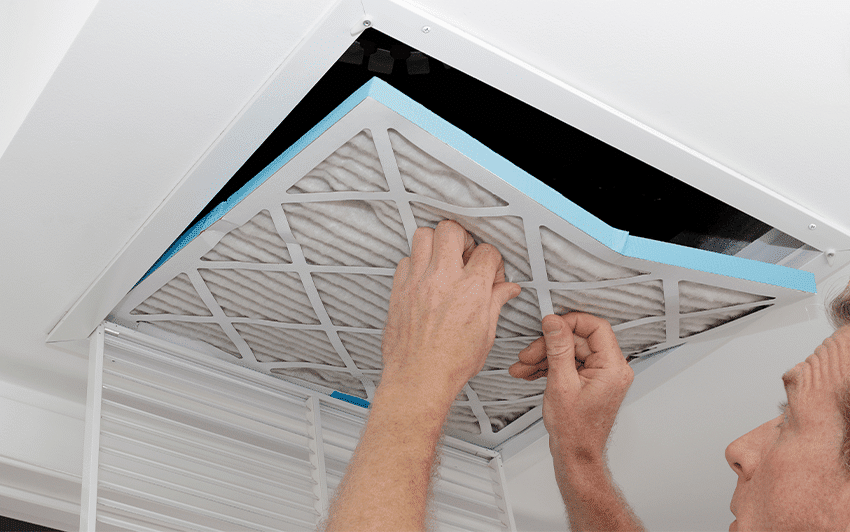
Credit: napoleon.com
Trying to choose between baseboard heating and forced air systems? Both have their perks, but they work very differently—and that can make a big difference in comfort, cost, and air quality. Here’s a quick breakdown to help you decide what suits your home best.
🔇 Noise Level
- Baseboard heaters are nearly silent since they don’t rely on fans or blowers. Perfect for light sleepers or quiet spaces.
- Forced air systems, on the other hand, can be noisy as warm air moves through vents and ducts.
🌬️ Air Circulation
- Baseboard heating warms a room through natural convection—no moving air, which is ideal if you hate drafts.
- Forced air systems push warm air throughout the house, offering faster results but possibly stirring up dust and allergens.
🛠️ Installation
- Baseboard heaters are simple to install, especially electric models. No ducts, no fuss—great for older homes or additions.
- Forced air systems require ductwork, which can mean higher installation costs and more extensive renovation.
🌱 Indoor Air Quality
- Since baseboard systems don’t move air, they don’t spread allergens—a major win for allergy sufferers.
- Forced air systems can circulate dust, pollen, and pet dander unless well-maintained and filtered.
🌡️ Temperature Control
- Baseboard units often have zoned controls, so you can set each room to a different temperature.
- Forced air systems provide centralized control, heating the whole house evenly—but with less room-by-room flexibility.
⚡ Speed of Heating
Need warmth fast? Forced air wins here—it blows warm air into the room quickly.
Baseboard heating is more gradual, especially hydronic versions that heat water before warming the air.
Are There Modern Alternatives?
Absolutely. You might want to compare baseboard heaters to:
- Heat pumps (efficient for both heating and cooling)
- Radiant floor heating (like baseboards, but under your feet!)
- Ductless mini-split systems (zoned like baseboards, but more advanced)
Each comes with its own set of pros and cons, so it depends on your home, climate, and budget. Also, if you need help installing or maintaining your baseboard units? JLM Air Conditioning & Heating is always here to help! Whether you’re exploring new heating options or just want expert advice, visit JLM services to learn more and schedule your service today.
The Final Word
So, how does baseboard heating work? In the simplest terms: it uses electricity or heated water to warm metal fins, which radiate heat gently into the room.
Is it the best system for everyone? No. But for:
- Older homes without ducts
- People who value quiet and clean air
- Spaces needing separate temperature zones
—baseboard heating is a solid, reliable solution.
Want to keep your toes toasty all winter? Don’t overlook the humble baseboard heater. Sometimes, the quietest options bring the warmest results.

